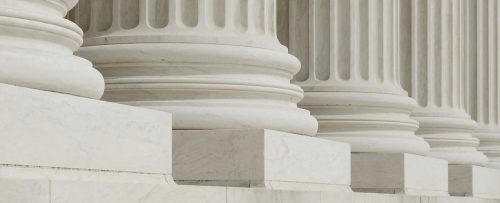
CWP News | CWP Admin
New Yorker Writes Article On Uranium Mining in Colorado
December 2, 2010
December 2, 2010
CWP Admin
CWP News
Below is an abstract from The New Yorker, who wrote an article about the Uranium mining in Colorado.
LETTER FROM COLORADO
THE URANIUM WIDOWS
Why would a community want to return to milling a radioactive element?
by Peter Hessler
SEPTEMBER 13, 2010
Read the full text of this article in the digital edition. (Subscription required.)
ABSTRACT: LETTER FROM COLORADO about uranium mining. There are many uranium widows in southwestern Colorado. The local history of uranium is long and often troubled, and the economy has been devastated since the Three Mile Island accident, in 1979, when Americans turned against nuclear power. Of the old-time Colorado miners who are still alive, many have trouble breathing because of lung disease. And yet since 2007, when a company called Energy Fuels arrived with plans to build America’s first new uranium mill in almost thirty years, the response in the Paradox region has been overwhelmingly positive.
Environmental organizations have filed lawsuits to block the project, which would also lead to renewed mining, and they’ve expressed frustration with signs of growing national openness toward nuclear power. The prospect of climate change has led to the revaluation of a power source that combines high yield with low carbon emissions. In February, President Obama approved over eight billion dollars in conditional loan guarantees for the construction of new reactors.
In former industry centers like southwestern Colorado, old debates have been rekindled. Tells about the mining and milling of radium, vanadium, and uranium in southwestern Colorado in the first half of the twentieth century and the use of materials from that region in the Manhattan Project. After the war, when the arms race heated up, the government decided that the best way to increase uranium production was to encourage private citizens to explore and drill. There was essentially no regulation. In the 1950s, public-health officials discovered that radon concentrations were nearly a thousand times higher than the accepted level of safety.
Tells about the high incidence of small-cell lung cancer among miners. Experts recommended that mines improve ventilation, and institute other safety features. But stricter regulations weren’t instituted for more than a decade. In 1990, Congress passed an act to provide health care and cash payments to miners and other uranium workers who became ill. Writer interviews former miners and their family members who say that the risks of uranium mining were known and accepted because the job provided them with a good living. Tells about opponents of the proposed new mill and the Superfund cleanup of the Union Carbide mill site in nearby Uravan, Colorado.
Today, nobody lives within nine miles of the Uravan site. Considers recent studies on the environmental and health-related effects of low levels of radiation exposure. Mentions Three Mile Island and Chernobyl.
